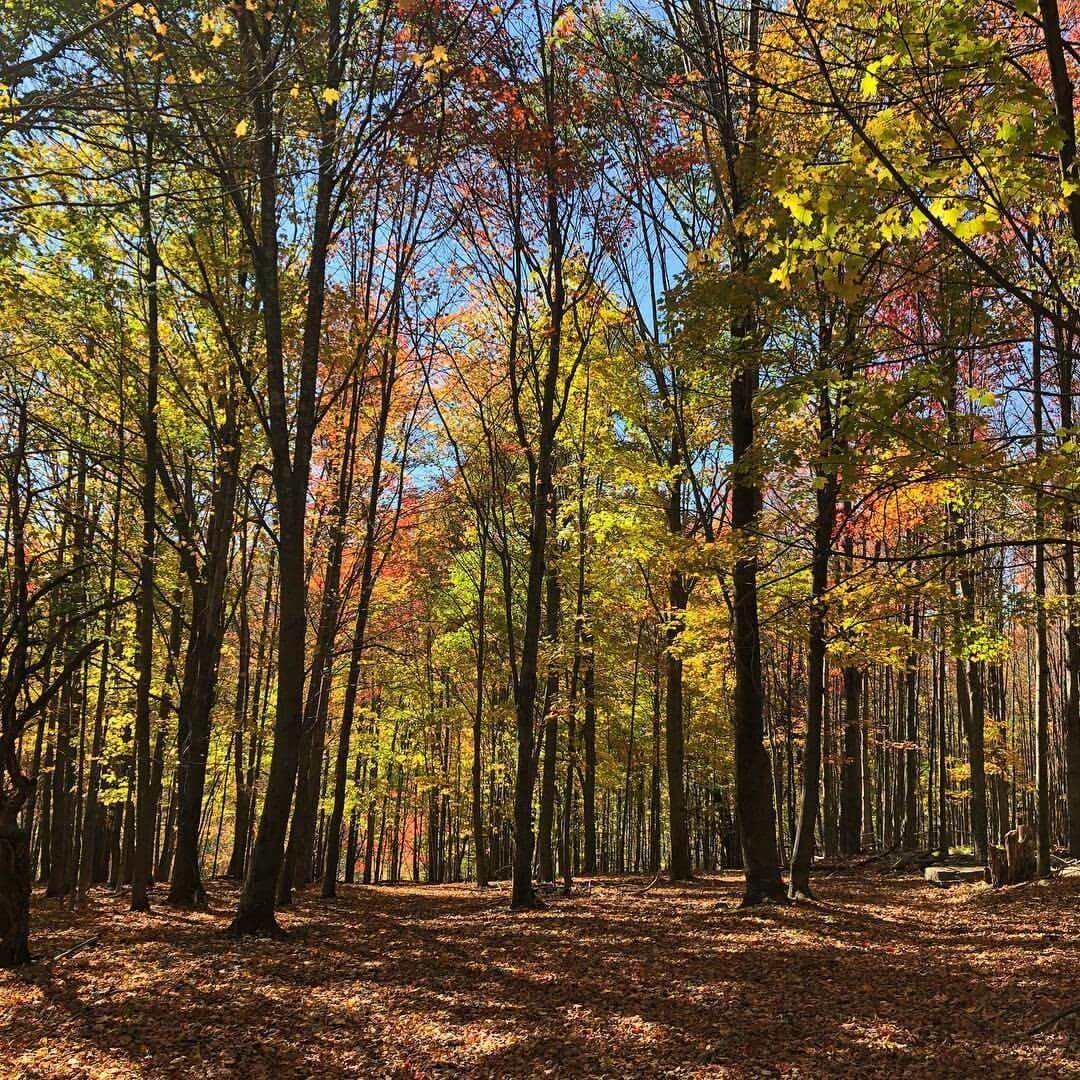
Sap Season
As New York’s sweetest export, maple syrup is a serious business. Also known as “sugar bushes,” maple syrup farms have crafted this delicious sweet treat for centuries. Many farmers still use the traditional techniques today. Fortunately for visitors, the farmers aren’t protective of their methods. You can visit sugar bushes across the state to learn more about this delicate craft and try some of their tasty maple syrup.
For decades, the Tree Juice Maple Syrup team has been continuing the tradition of turning the sweet sap of Sugar Maples into delicious maple syrup. Each year, we tap thousands of trees, collect tens of thousands of gallons of sap, and boil them in our evaporator over a traditional wood fire to create a syrup. But we want to discuss the essential step in that process; the sap run.
When does the sap start to flow?
During the spring and summer, maple trees use their leaves to photosynthesize (take energy from the sun and convert it into sugars which are then stored as starch in the root system). In the fall, the leaves drop and fertilize the sugar bush. During the winter, the trees rest and protect themselves from the cold. As the temperature starts to rise in early spring, the trees begin to convert those starches back into sugars and transport them throughout the tree. The tree needs the sugary boost to help it wake from the winter sleep and start growing new leaves.

The time for collecting sap from a maple tree is in early spring, when the temperatures are warm during the day and freezing at night. This is typically sometime between late January and early April, depending on the weather. Maple sugar farmers love 40 degree days and freezing nights, the perfect conditions for sap to flow. The freeze-thaw cycle causes pressure changes in the tree that allows the sap to flow out of the tree and into our storage tanks.
When does the sap stop flowing?
Unfortunately sap season is not very long. If we tap the trees in January and untap them in April, that only gives us about three months to collect sap. However, during those three short months the weather and temperatures still fluctuate dramatically. During most typical seasons, when Mother Earth cooperates, we only get to collect and boil sap for about 25-30 days! This past year, for instance, we only boiled for 24 days because the weather warmed up too quickly and cut our season short :(

As spring progresses and temperatures increase, the sap changes its focus, reducing the sugars needed for the tree to leaf out and switching over to other minerals to build branches, etc, such as Calcium. The enzymes in the sap also stop functioning. Sap changes from a clear, water-like fluid to a cloudy milk-like liquid that tends to smell bad! One other indicator that our season has come to an end is if the buds on trees begin to swell and break open. The last indicator is during our boiling process when the sweet smelling maple syrup changes to what's commonly known as “buddy” syrup that smells and tastes VERY different. Once this happens we know it's time to get back out into the forest and take all our taps out of the trees, which gives them plenty of time to heal and prepare for next season.

Whether it’s sap season or not, you can always get your maple fix at Tree Juice Maple Syrup. We store all of our maple syrup in large 40 gallon stainless steel barrels and bottle fresh batches five days a week all year long! You can discover all of our tasty maple products and even find delicious recipes on our website. We have something for everyone so come on over and shop with us and tell us what variety is your favorite!


